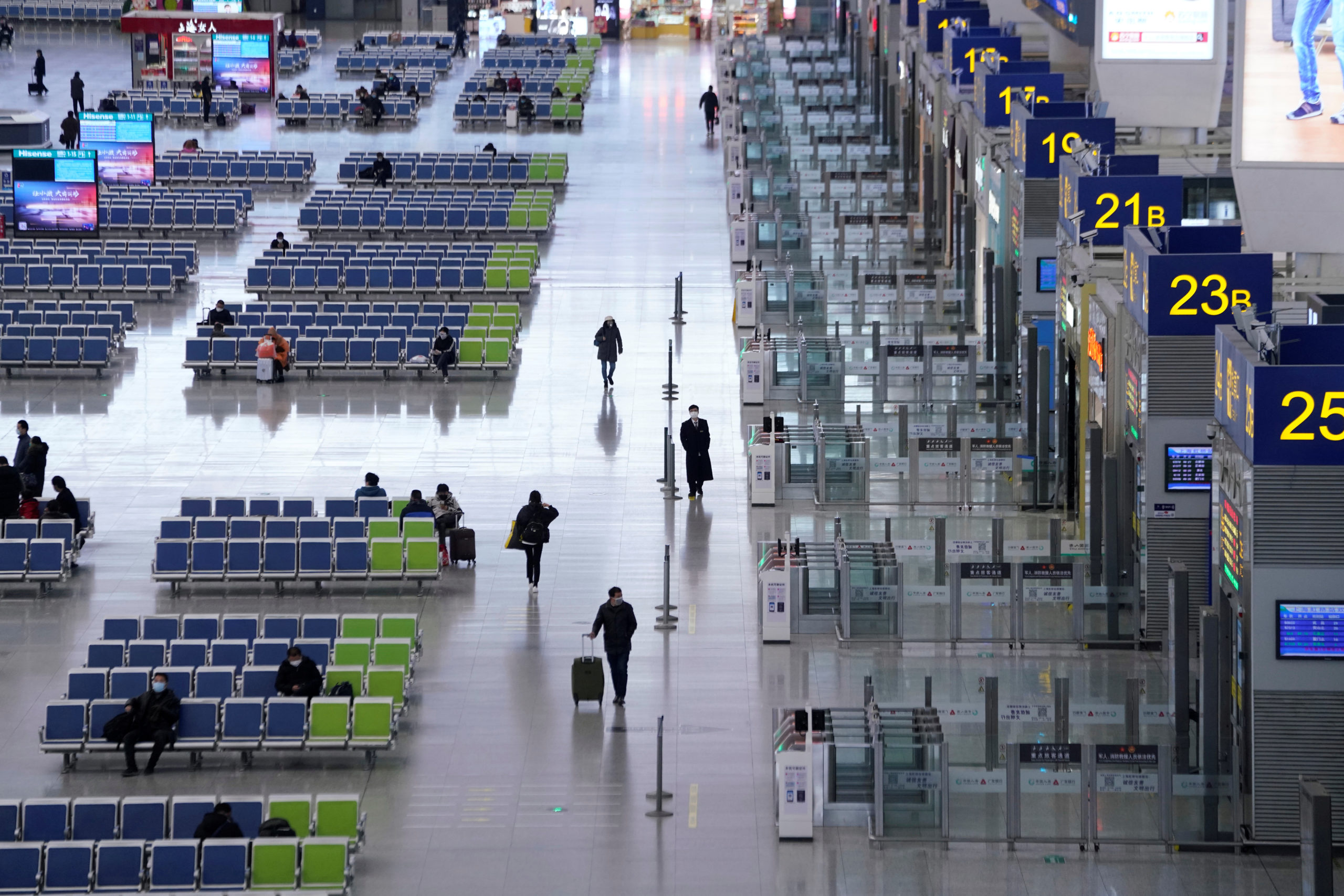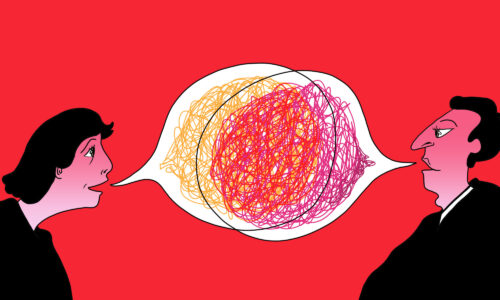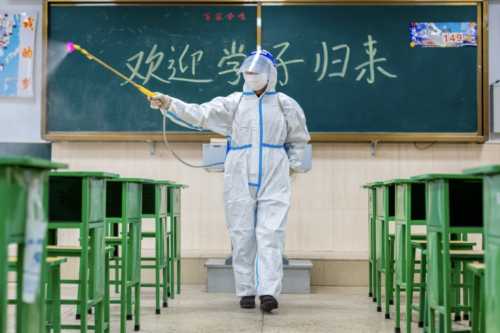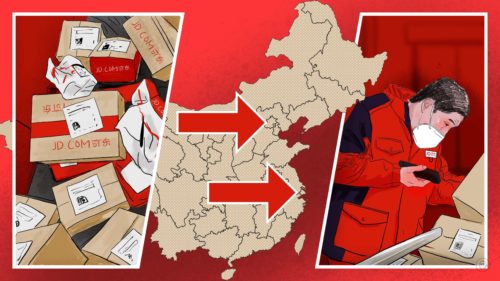China’s new COVID-19 travel rules to spoil Spring Festival for millions of migrant workers
New COVID-19 restrictions are going to make for a miserable Lunar Year for many of China’s poors. For some, it will be the second consecutive year without a return home for the traditional family celebration.

As China fights its worst outbreak of COVID-19 since March 2020, with more than 1,000 new infections reported so far this month, health authorities have ramped up their efforts to make sure that the upcoming Chinese New Year holiday in mid-February won’t be a superspreader season.
At a media briefing on January 20, China’s National Health Commission announced that travelers who wish to head home to rural areas over the holiday period must provide negative COVID-19 test results taken within seven days before departure. Once they arrive at their destinations, travelers need to undergo 14 days of “in-house health monitoring,” during which time they must take two more COVID-19 tests and should avoid social gatherings of any kind.
“After they return to the countryside, local governments need to carry out community-based precautionary measures to keep them in check. Meanwhile, officials need to set up isolation facilities and strengthen laboratory testing capacities in advance so they can respond to possible outbreaks in a timely manner,” said (in Chinese) Wáng Bīn 王斌, a senior official at the commission.
China is currently battling its biggest COVID-19 resurgence since the pandemic emerged early last year. On Tuesday, the country reported more than 100 new confirmed COVID-19 cases for a seventh straight day, bringing the current total active positives (in Chinese) to over 2,500. There are more asymptomatic carriers under medical observation, which are not included in the official tally.
Cities across the northern provinces — such as Hebei, Heilongjiang, and Jilin — are the hardest-hit regions. Hundreds of millions of people in those areas have been in lockdown, and mass testing has been rolled out.
According to health authorities (in Chinese), the increase in recent weeks has been disproportionately in rural China, where the disease was spread at family gatherings and neighborhood events. And with the Chinese New Year break rapidly approaching, health officials have warned, on multiple occasions, that the country’s efforts to contain the resurgence could be undone by holiday travel and gatherings.
While Wednesday’s announcement didn’t state that the rule would target any specific group of people, many observers believed that the country’s 280 million migrant workers — many of whom only visit their rural families once a year during the Lunar New Year break — would be the ones affected the most by the requirements.
Some critics argue that the policies are indicative of the country’s long-standing apathy toward low-income migrant workers, who have powered China’s economic transformation but are rarely treated with dignity or respect.
“Apparently, none of the decision-makers at the commission is from the countryside. They have no idea that for many migrant workers, visiting their families for the Chinese New Year is one of the few things that they gleefully look forward to every year,” a Weibo user wrote (in Chinese). Another one said (in Chinese), “If the coronavirus situation in rural areas were truly as bad as officials described, why didn’t they distribute vaccinations in the countryside first? When it comes to claiming benefits, rural laborers are always the last in the line. But when it comes to restrictions and requirements, they are often the first to be targeted.”
Others pointed out that it’s unfair to single out millions of Chinese migrants given that the latest cluster of infections could be primarily traced back to imported frozen foods and foreign cases. “The government should get to the root of the problem instead of putting migrant workers under special scrutiny,” a Weibo user wrote (in Chinese).
In a normal year, passengers make some 3 billion trips during Chinese New Year or Spring Festival. This annual event, known as Chunyun (春运 chūnyùn) in Chinese, is considered the largest recurring human migration on the planet.
Despite loud calls from health officials for Chinese people to limit celebrations and lay low this New Year, the Ministry of Transport estimated that about 1.7 billion passenger trips would be made during the Spring Festival travel rush, a 40-day period that will start on January 28.
Note: The headline was changed after publishing for accuracy.






